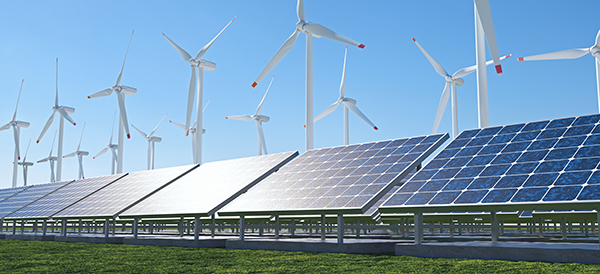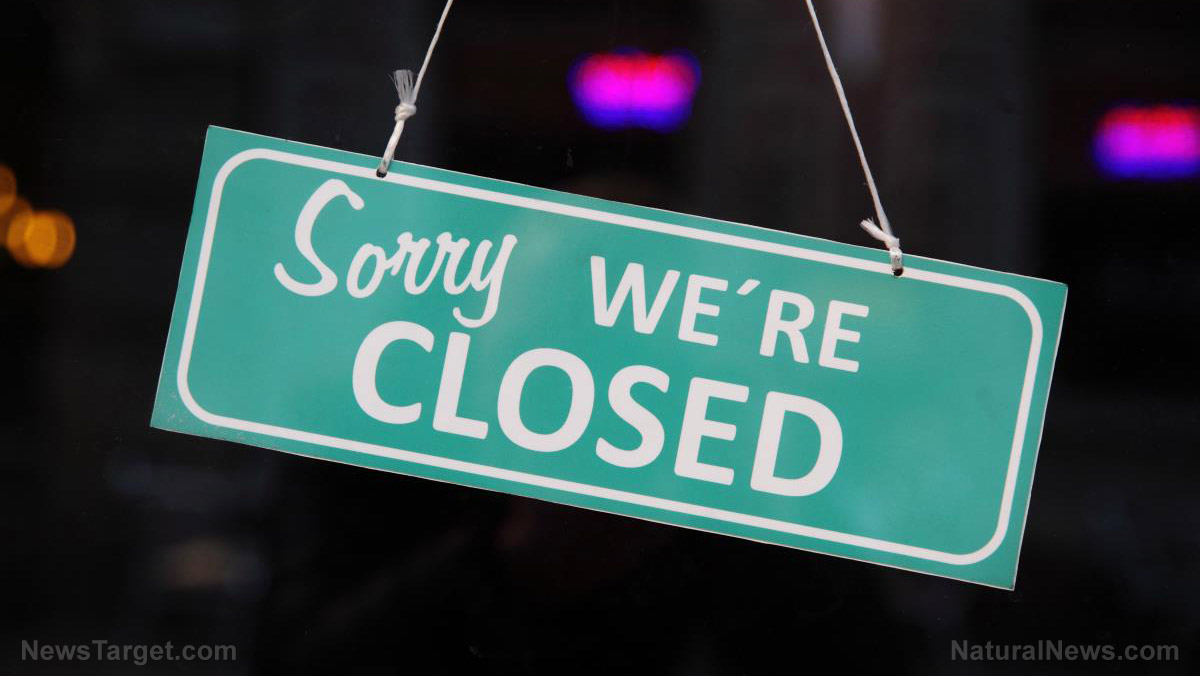Analysis: Green New Deal will make your electric bill SURGE by at least 28 times its current cost
By oliviacook // 2024-09-10
Tweet
Share
Copy

An analysis has found that the Democratic Party's Green New Deal plan could see electric bills multiply by as much as 28 times.
This is according to a report by the think tank the Committee for a Constructive Tomorrow, which found that the Green New Deal's proposed plan to shift the United States' energy system to be run solely on renewable energy could make electricity bills soar to 28 times its current cost.
Dr. David E. Wojick, a journalist a policy analyst, breaks down some of the major costs that come with implementing the Green New Deal.
The first is the need for massive amounts of battery storage. Replacing fossil fuels with energy harnessed from renewable sources like solar and wind power would require that there be around 250 million megawatt-hours worth of storage capacity in the United States.
If battery storage costs $300,000 per megawatt-hour, the total price tag for these batteries comes to a staggering $75 trillion. Spread over 20 years, that amounts to $3.75 trillion each year.
With U.S. households using about 1.5 trillion kilowatt-hours of electricity yearly, this cost translates to roughly $26,250 per household annually – 14 times higher than today’s average bill of $1,800.
Electrifying transportation and heating would double the electricity demand – potentially pushing costs up even further to $52,500 per year per household, or 28 times the average.
While these figures paint a grim picture, it is important to remember that they are based on current estimates and assumptions. Battery costs could decrease or new technology might improve efficiency. However, the sheer scale of this shift presents a significant challenge and it is unlikely economic changes or technological shifts would suddenly make the Green New Deal a profitable endeavor for American households. (Related: Get ready for sky-high electricity bills as Green New Deal threatens to increase energy costs by 2,800%.)
Green New Deal comes with significant costs and difficulties
Coined by New York Times columnist Thomas Friedman during the 2008 financial crisis, the Green New Deal aims to rapidly transition the U.S. to renewable energy sources like solar and wind. While its goal is to combat climate change, it comes with significant costs and difficulties. The Green New Deal relies on massive investments in renewable energy and energy storage. The shift is expected to make energy much more expensive. Historical oil crises show how costly energy can strain the economy. Despite promises of long-term benefits, any cooling effects on global temperatures will take decades to materialize. Implementing the Green New Deal would pressure government finances – potentially leading to higher taxes, more borrowing, inflation or cuts to other public programs, It is unlikely to create new jobs but rather shift workers from one sector to another. The plan's cost could be very high – some estimates suggest up to $2,000 per household annually for 20 years. For context, Germany, with its current renewable energy share, pays three times more for energy than the United States. Proponents like Rep. Alexandria Ocasio-Cortez (D-NY) argue that immediate action resonates with many – especially young people who are increasingly anxious about climate change's impact on their future. Mental health concerns and declining birth rates reflect this "severe eco-anxiety." Watch this video that talks about what will the Green New Deal cost and what can it save. This video is from the Daily Videos channel on Brighteon.com.More related stories:
Climate change lawsuits gaining in popularity as climate alarmists try to protect their profit stream. Tim Walz is a climate alarmist and a fervent advocate of the disastrous Green New Deal. EPA is dumping $4.3 billion in taxpayer-funded grants into climate change projects before Biden leaves office. The energy transition ain't happening: "Green" economy in retreat. Yellen: White House needs $78 TRILLION to achieve 2050 Net Zero goal. Sources include: ClimateDepot.com CFACT.org Northwest.Edu Brighteon.comTweet
Share
Copy
Tagged Under:
collapse power grid debt collapse big government green living power risk electricity money supply inflation climate pensions bubble battery storage Green New Deal energy supply green tyranny electric bills fuel supply economic riot finance riot
You Might Also Like
Study: Around 4,000 families left Minnesota in 2021 and 2022 despite “family-friendly initiatives”
By Laura Harris // Share
Hillary Clinton calls for criminal arrest of anyone who speaks against NATO, U.S. empire
By Ethan Huff // Share
Former COVID czar bragged about sex parties as he ordered New Yorkers to lock down, mask up
By Gregory Van Dyke // Share
Aid groups: Israel blocks 83% of food aid to Gaza, triggering severe humanitarian crisis
By Richard Brown // Share
Gaza faces critical shortages of medicine and supplies amid severe aid blockage
By Richard Brown // Share
Recent News
REPORT: Over 40 million Americans turn to ChatGPT for medical advice
By lauraharris // Share










